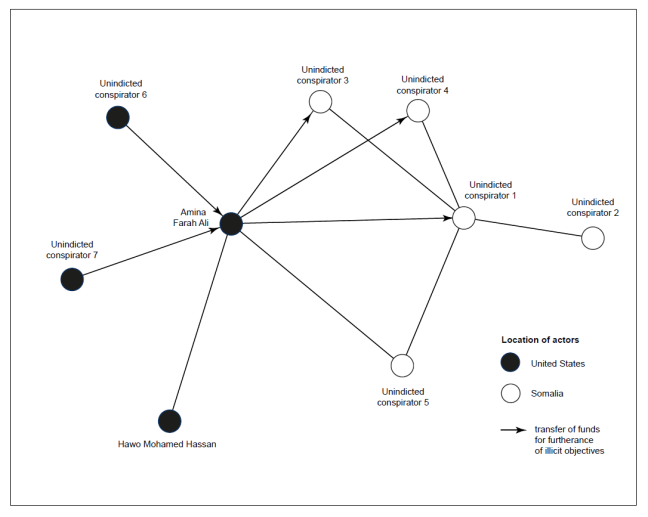
Illicit financial networks are, by their very nature, difficult to detect and, therefore, difficult to study. Much of the information on individuals and their activities is either classified or unknown. Nonetheless, tracking how terrorists raise, move, store and use money is fundamental to deter and discourage terrorist networks.
In a new chapter published in the Handbook of Criminal and Terrorism Financing Law, my colleague Christian Leuprecht and I posit network science as a method to improve our understanding of the way terrorists, criminals and their facilitators exploit the global marketplace
Drawing on evidence from select Hezbollah and Al-Shabaab financing networks, we argue that the application of Social Network Analysis (SNA) to the study of terrorist financing and money laundering advances the current state of knowledge in this notoriously difficult-to-study field.
Our study shows a network’s structure matters because it dictates the flow of resources and information. The Hezbollah and Al-Shabaab networks display the characteristics associated with fundraising networks: hub structure, brokers with high betweenness centrality and low degree centrality, international linkages, no intent to commit domestic attacks, and remittances to the home country.
Knowing that fundraising networks will conform to this structure gives policy makers and law enforcement important tactics to deter and discourage their activities. Fundraising networks are vulnerable at the hub, but resilient against traditional counter-terror measures that target hierarchies. They tend to compensate for the relative vulnerability of their structure by relying on strong ties with pre-existing acquaintances.
Instead of operating as hierarchical organizations, with orders flowing from a figure at the head down through the network, this article reinforces the view that terror networks should be conceived for what they are and how they work, and not solely according to their formal structure.
While the political party and semi-governmental organization of Hezbollah in Lebanon may follow a more hierarchical organizational structure, illicit networks supported by Hezbollah in North America are able to maintain their secretive and stealthy nature precisely by adopting a more informal and flexible structure.